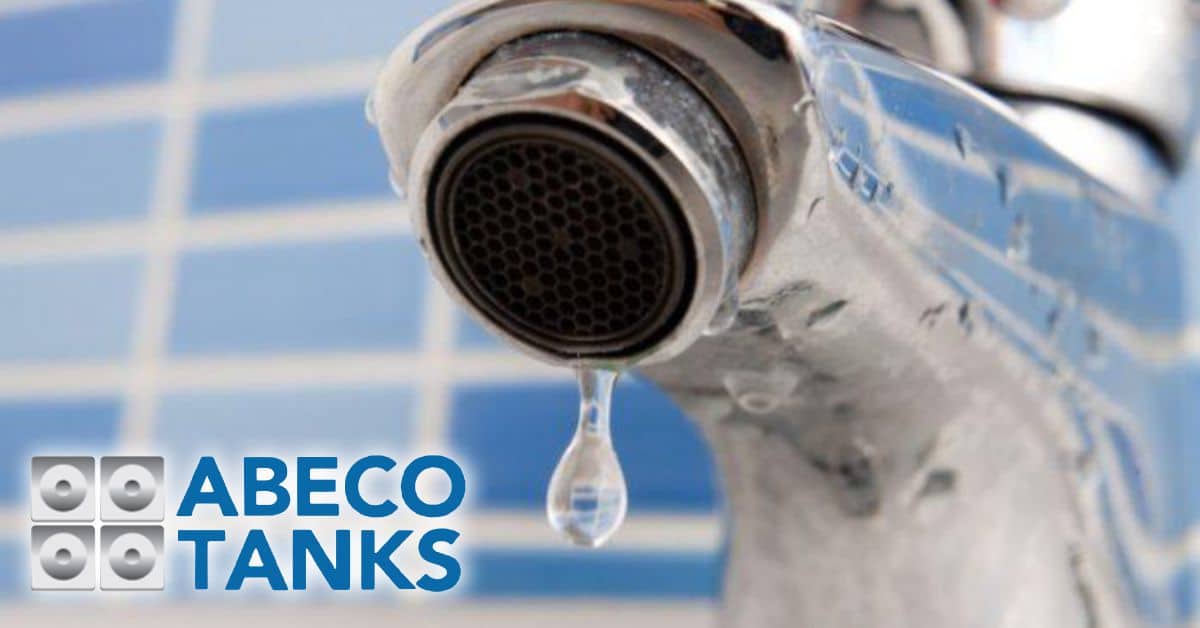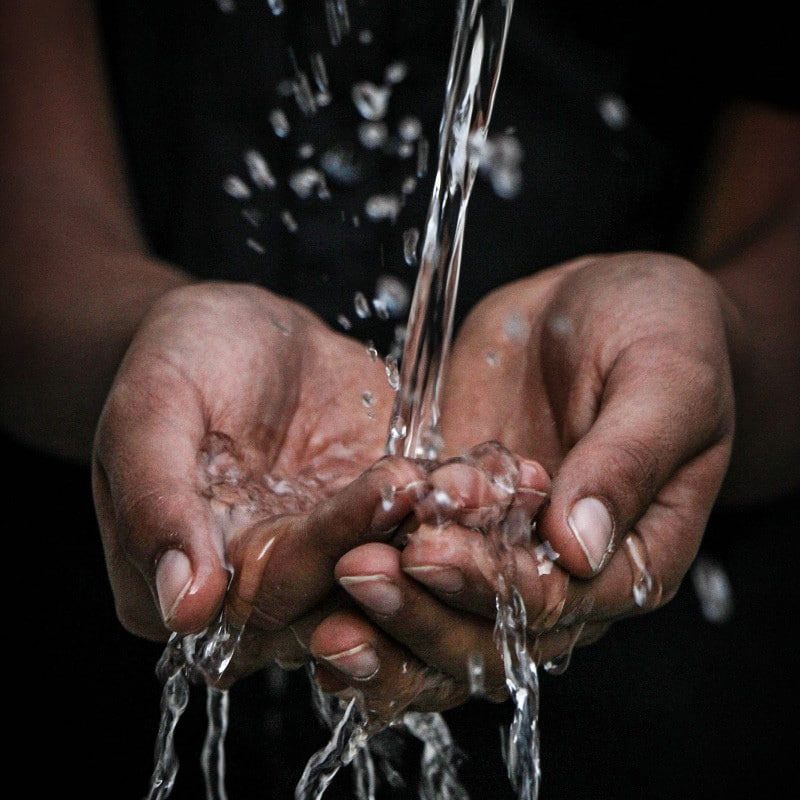
01 Nov Why Investing in Water Storage is Crucial
Why investing in water storage is crucial for business survival
Despite the fact that water seems like an endless resource because it covers the majority of our planet, water scarcity continues to rise globally, including places like Tanzania and Botswana. Freshwater, however, which is essential for maintaining life, is finite. Two-thirds of the world’s population may experience water shortages by 2025, according to estimates. More than 2 billion people are thought to reside in nations that already have high water stress, and factors such as climate change, population growth worldwide, increased demands from agriculture, and the growth of urban areas all contribute to how much worse that stress will become in the years to come.
Improved access to sanitary facilities, water management, and clean water gives enormous opportunities for the underprivileged and is a progressive approach to economic development. Better health, avoided medical expenses, and time savings are all direct benefits for the poor from increased access to basic water and sanitation services. The health of the ecosystem is enhanced through wise management of water resources, which increases production and efficiency across all economic sectors. Together, these initiatives have immediate and lasting positive effects on the economy, society, and environment, improving the lives of billions of people.
Agriculture, business, industry, and mining, which are all the backbones of our continent’s developing economies, depend on water for prosperity. Every economy and society in Africa is in danger without a reasonably priced, practical, and reliable water supply. It is important that for businesses to survive that they invest in water storage.
In this article, we discuss the importance of investing in water storage.

Availability of water
Large amounts of water typically used, are returned to streams, and then made available for reuse, provided that the quality of the return flows exceeds the pertinent user requirements.
Water consumption is increasing as a result of expanding economies and social development. Agricultural growth, energy security, tourism and recreation, mining, manufacturing, and municipal water supply are just a few of the national planning efforts where water is a key component. Pressure on a nation’s limited supply of water resources is increased by the expanding population and industrialization of a nation.
In many communities and rural regions throughout the world, the main supply of dependable, clean drinking water is groundwater. Throughout the nation, it is utilized to support a vast number of livestock and game as well as to irrigate thousands of hectares of precious arable land. Groundwater is also a common supply source for mines and other industries.
Climate change and water resources
The volume and variability of rainfall are anticipated to alter as a result of climate change, and this might have a considerable impact on both the supply and demand for water in many nations. Studies on the management of water resources and climate change show that these two issues will likely interact to modify the world’s hydrological systems, water resources, and water availability. Increased drought in some areas and triggering floods in others, as well as affecting groundwater recharge, are all effects of rising temperatures and increasing rainfall variability on surface waterways.
There will likely be an overall drop in rainfall of 5% to 10%, with longer dry periods in some places and more frequent and severe flood events in others. More stress and increased evapotranspiration are likely to occur in arid and marginal regions of the world. In general, climate change is likely to result in more intense and unpredictable weather events, such as unexpected, heavy rains that cause flooding. Even slight variations in rainfall can have disproportionately significant effects on water resources.
Water storage infrastructure
The lack of storage infrastructure has major negative social and economic impacts, particularly in a drought-prone region where insufficient water is stored to see countries through multiyear droughts.
Water storage facilitates the following:
- The provision of water for domestic and industrial use
- Irrigation for sustainable agriculture
- Generation of hydroelectricity
- The creation of infrastructure and employment
- The improvement of the accessibility of the regions where the big dams are constructed
- The promotion of eco-tourism through fishing, canoeing and sight-seeing
- Enables the sale of water to thirsty regions and communities within and outside the national boundaries.
All of these significantly increase the income and revenues of the municipal and federal governments. Infrastructure development and distribution for water resources has demonstrated significant macroeconomic and human benefits. On the other hand, nations with little water storage capacity experience detrimental droughts and floods. Any approach for reducing poverty must also include an investment in better water storage to balance water access during and between wet seasons and enhance flood preparedness.
Businesses and water storage
Businesses must invest in water storage due to the rapid climate change and the ensuing worldwide water crisis, which has dramatically increased the need for water storage solutions. Systems for storing water are used to store non-drinking water for irrigation and other industrial uses as well as drinking or potable water for human consumption. These systems facilitate the distribution of water throughout the domestic, commercial, and industrial sectors, including the food, beverage, and manufacturing industries.
Business and risk go hand in hand, and sadly, many business owners are familiar with concerns like IT Security, data theft, and key infrastructure failures. Water, on the other hand, is a component so essential to a company’s ability to survive that we frequently neglect to even consider it.
Water is rarely on the list of dangers that business leaders consider when determining how to protect their organization. Another risk element, infrastructure, is inherently and inextricably linked to water.
Water, on the other hand, is more of a challenge because it cannot be produced in the same way that electricity can, as in the case of a generator, by burning fuel. What will happen then if we run out of water? How can we assure service continuity and prepare for these scenarios in the case of a water outage?
When you conserve water, you are actually just using less of it. While being aware of water scarcity and making improvements like installing water-saving faucets, rainwater collection systems, or environmentally friendly toilets is good, being aware of waste doesn’t assist the issue of water interruption. Your firm will not have access to water if there is none until the dams are filled with fresh rain.
To be able to accumulate a water reserve, businesses must prepare to have the necessary infrastructure in place. Any company worth its salt understands the importance of reinvesting hard-earned commercial earnings, and the same is true for water. You may prepare for potential shortages by keeping water in tanks.
Water and its significance in enterprises should be taken into account by all architects and designers when designing new structures. A tank to quickly siphon water off the roof or collect rainfall should be considered in all new construction projects. This water can then be used to flush toilets, water gardens, and even supply water for animals. While rainwater is not suitable for human consumption, it has the ability to significantly reduce operating costs and avoid potential company interruption in the event of a protracted drought.
Making changes to your property to include faucet aerators, stop-start taps, and water-saving toilets will all assist to reduce the amount of water you require. You can ensure that you are not wasting water by regularly monitoring your plumbing for leaks and inspecting your infrastructure. The safety of your employees also depends on you monitoring your water sprinklers regularly. This is because certain municipal pipes have such low water pressure that, in the event of a fire, the pressure from the pipe would not be sufficient to put it out.
Before installing sufficient water tanks to store the water you need, determine how much water you will require. To start, you must ascertain how much water your company ultimately needs to run smoothly. If you want to accurately calculate how much water you need to store, you also need to figure out how long your firm can run profitably on less water.
Calculating the daily cost will enable you to assess the level of danger that running out of water presents to you, which may be a very useful budgeting tool for water storage tanks. Knowing this will help you compare the price of a water storage tank, the cost of installation, and the cost of maintenance to the possible financial loss caused by not having one.
A water storage tank gives a business the peace of mind that they can continue operating even in the event of a severe drought. These tanks’ water must be utilised since, if not kept circulating, water might grow stagnant. Meaning that businesses may use the water from the tank for regular operations and simply top it off with municipal water when necessary, in addition to the tank’s ability to assist in emergency situations.
Conclusion
Worldwide water shortages are a problem, but we still don’t do much to prepare for a world without this resource. It has become obvious to us as individuals, businesses, producers, and farmers that the government cannot give us all the water we so sorely need on its own.
In the future, water will need to be on the risk agenda in order to protect not just our health but also our businesses from the damaging effects of business interruption. Additionally, even though it might seem like a small step, adding a water tank will assist prevent drought.
You must be aware of your obligations for a water risk assessment as an employer or even as an employee who is in charge of building maintenance, as well as the potential health concerns to your employees, guests, and the general public.
Water-related investments are wise since better water resource management, water delivery, and sanitation all boost output and productivity across a variety of industries.
Improvements in water delivery, sanitation, and water resource management will require significant public and private investment. However, addressing such investment difficulties at the national level is highly realistic and accessible to most countries.
FAQ’s
What is water risk assessment?
When it comes to identifying, managing, and/or mitigating water-related impacts from issues such as local water stress, potential water quantity and quality disruptions, and water-based political challenges, a water risk assessment (WRA) can be a critical tool that contributes to a larger company-wide risk management strategy. These impacts can be caused by issues such as local water stress, potential water quantity and quality disruptions, and water-based political challenges.
How does water shortage affect businesses?
In a climate marked by rising water scarcity and heightened unpredictability over water supplies, the commercial sector will be significantly impacted on two fronts. Businesses that are relatively water intensive in nature will bear the direct impact of reduced supply and increased prices, which will inevitably be passed on through the supply chain. Businesses that are relatively water intensive in nature will bear the direct impact of reduced supply and increased prices.
What is the importance of water in business?
All businesses require water to provide employees with a cafeteria and restrooms. For others, such as manufacturers and the food and beverage industry, water is an essential resource, needed for cleaning raw materials, cooling goods, etc.
What can businesses do to save water?
Install water-saving faucets with an aerator or flow restrictor to reduce water consumption. Install lever or mixer faucets, which conserve water by attaining the required temperature rapidly. Fix leaking faucets and replace washers; a slowly trickling faucet can waste 10,000 litres of water annually. Avoid doing dishes beneath running taps.

